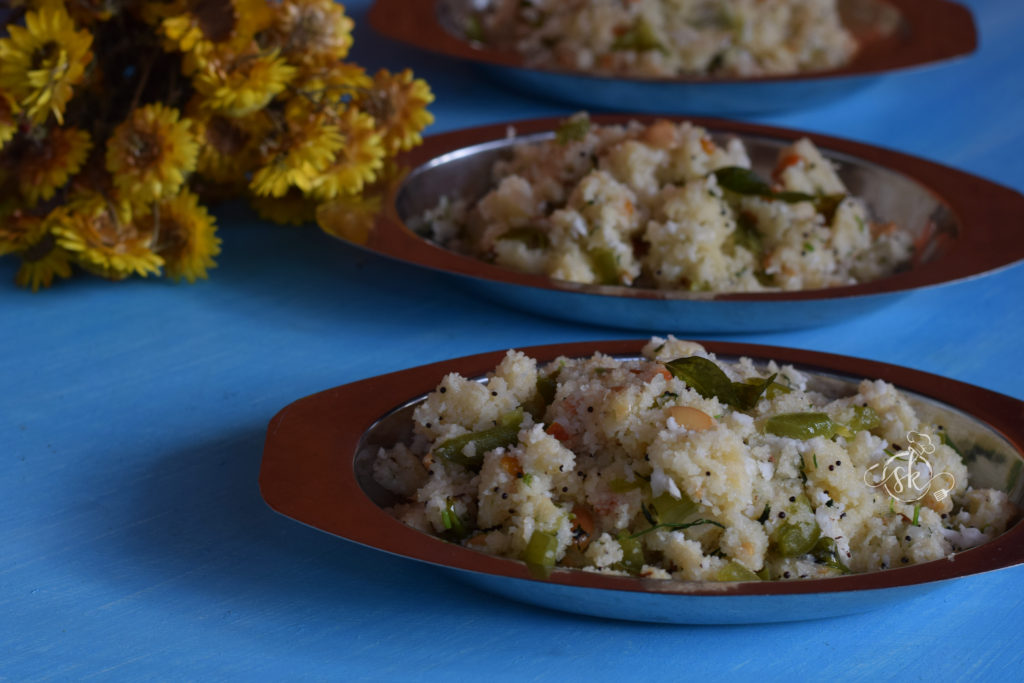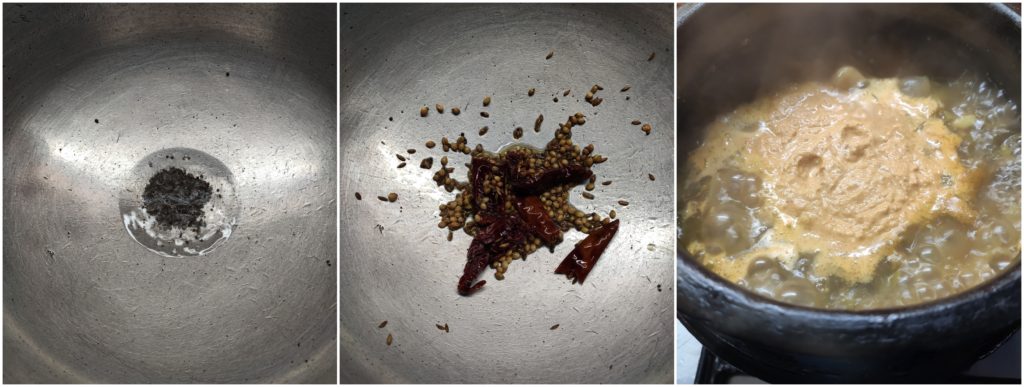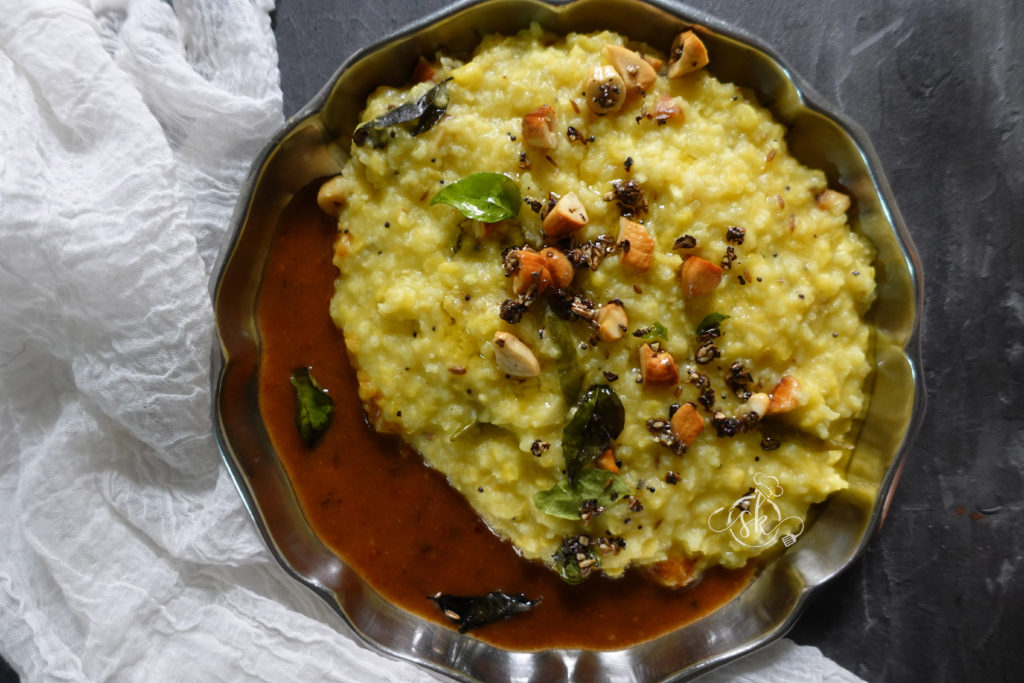It is an age-old recipe and an almost extinct dessert in our region/ community. Haalittu, the name itself, suggests the softness of the rice noodles.
Here, freshly prepared rice noodles are cooked in boiling jaggery-laced water, enriched with coconut milk, and flavoured with freshly ground cardamom powder.
The method is straightforward and not so complex.

Ingredients:
Dosa Rice – 1 small tumbler
Jaggery – ½ to ¾ tumbler or more
Salt- ½ tsp
Fresh Coconut – To extract milk or Coconut milk – 1 pack
Cardamom powder – 1 tsp (freshly ground)
Method:
-Wash and soak the rice for 3 to 4 hrs with sufficient water.
-Grind the soaked rice with salt into a smooth paste.
-Take one thick Kadai, pour the batter, heat on a low flame and cook until it forms a smooth pliable dough, with constant stirring.

-When the mixture cools down, take a chakli presser, fix a multi-hole plate, press the noodles and keep it ready.
-In another thick-bottomed vessel, take jaggery, and sufficient water or if you are using freshly extracted coconut milk, take 3 rd and 4th extract of thin coconut milk and boil until the raw smell of the jaggery vanishes.

– Now, drop the rice noodles and boil further. When noodles are well cooked, add thick extracted coconut milk or open the tetra pack, pour, and give one boil.
-Garnish with cardamom powder and serve hot. Here, we don’t use any ghee-fried dry fruits.
-if you wish to add, you can add and serve.



























